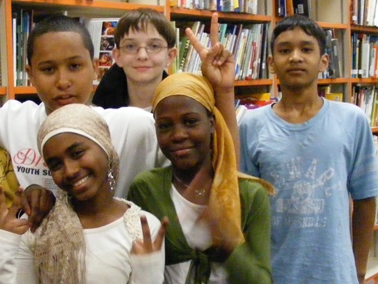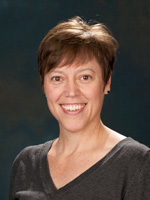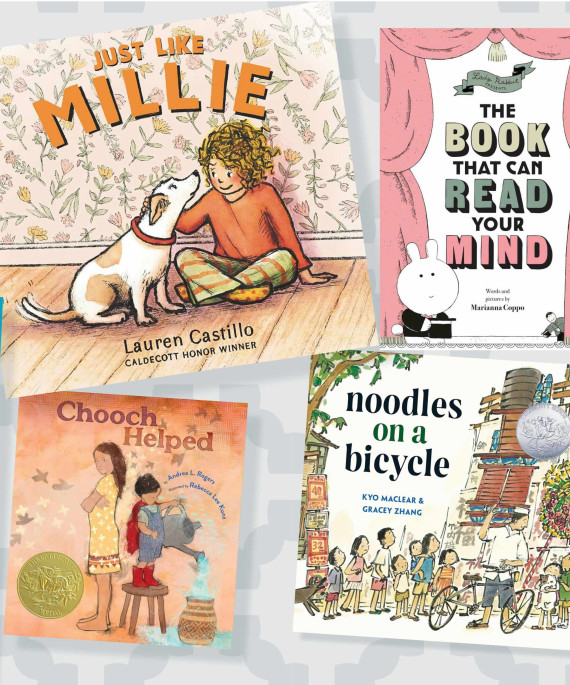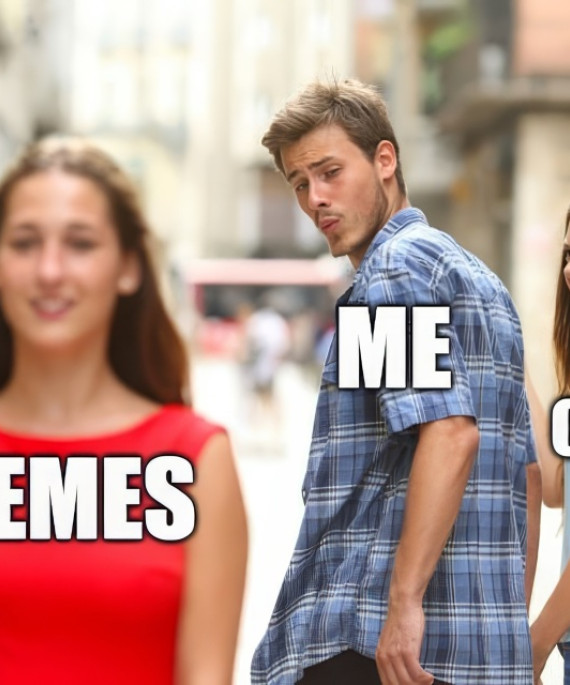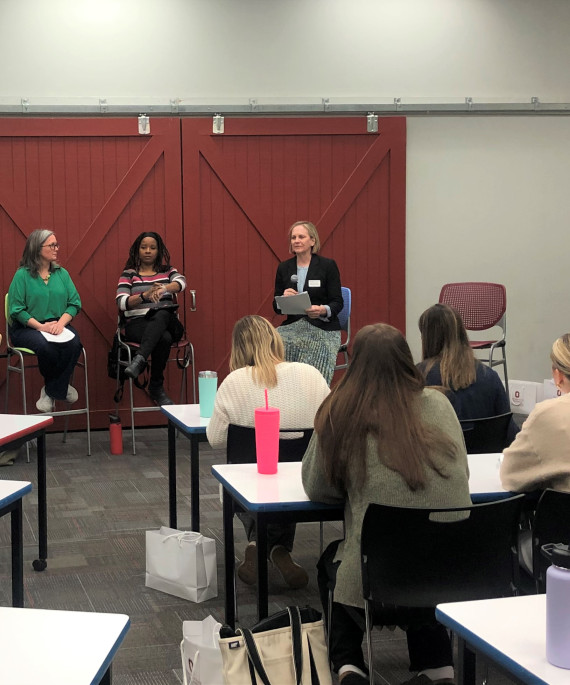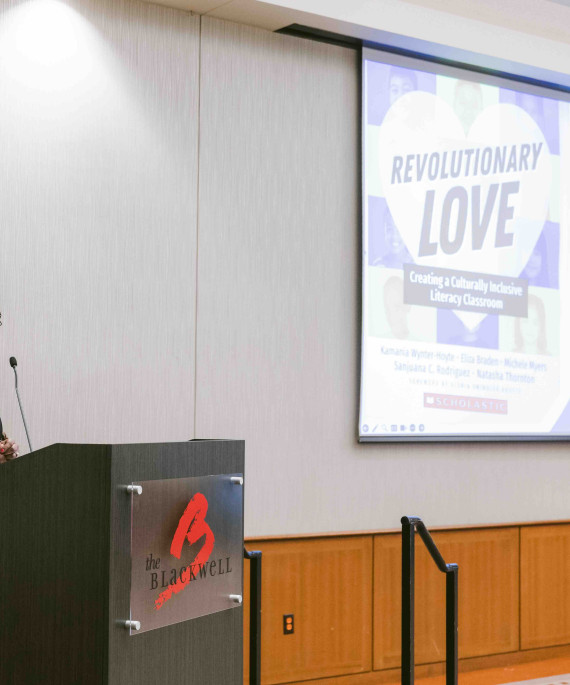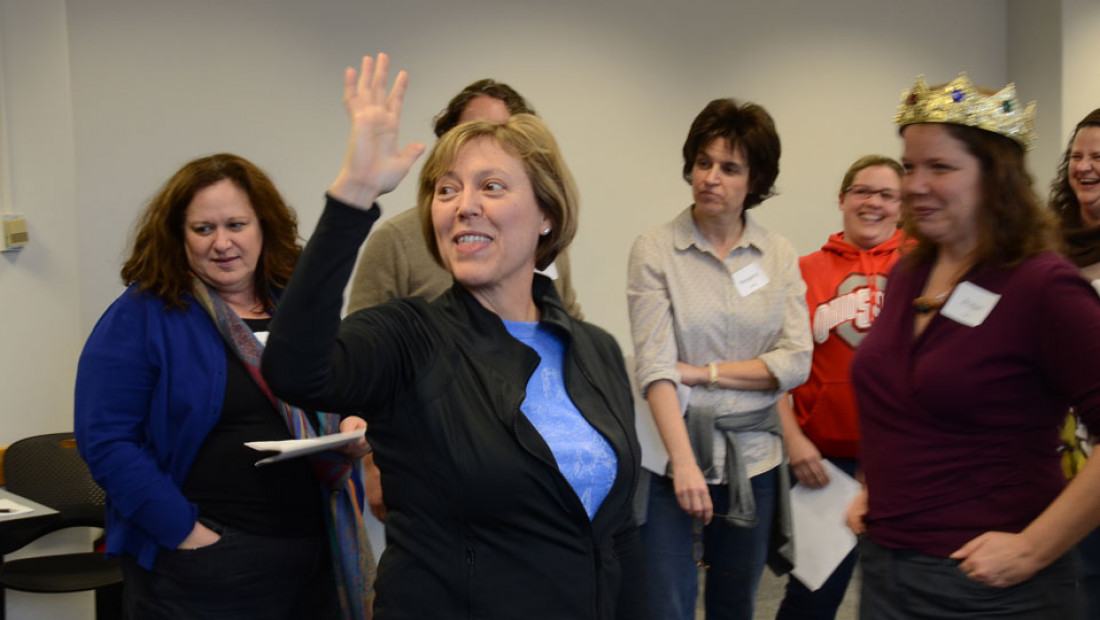
Professor Patricia Enciso’s research shows how cross-cultural storytelling, drama support literature learning
Today’s youth are part of the largest migration of people across the globe, but their views on the world, their stories and experiences are often superficially understood.
Learning these distinct cultural experiences in school is rare because, in part, it requires time, imagination and ongoing collaboration, said Patricia Enciso, professor of literature and literacy education.
But taking the time to imagine and engage with one another’s worlds is an essential part of literacy education.
Enciso’s research at Ohio State explores how youth perspectives can be highlighted and valued as they learn about others through literature, drama and informal storytelling. By deepening the understanding students have of themselves and their peers’ perspectives, Enciso hopes immigrant and non-immigrant youth can see themselves shaping attitudes and creating inclusive environments in their school and communities.
“One of the most difficult things we can do is take someone else’s perspective,” Enciso said. “Literature and storytelling allow us to do that.”
Imagining a world that is not your own
Enciso’s work illustrates the value of living through other people’s perspectives with elementary and middle school youth and teachers. She guides them in activities and discussions that help them imagine themselves in one another’s worlds.
In a recent three-year study, Enciso documented storytelling among immigrant and non-immigrant boys and girls at a Columbus middle school.
“Non-immigrant youth, whose families have lived in a community for generations, have a difficult time understanding their immigrant peers,” Enciso said. “Teachers, too, are not often ready for the influx of immigrant youth in schools.”
The students in the study were a part of a storytelling club. At each meeting they told stories about their everyday lives at home and school. They also shared their own versions of traditional tales and their journeys across state and national boundaries.
Through this informal storytelling, youth started to see themselves in a shared world, respecting one another’s knowledge, beliefs and struggles, Enciso said.
Laughing together and noticing each other’s unique interests and quirks also contributed to learning that their lives were far more similar and complex than what is seen in the media, she said.
One telling example was when Muslim girls told stories about their experiences with jinns, beings that can inhabit a body and must be vanquished by holy readings that heal the afflicted person. For several non-Muslim members of the group, these tales seemed unbelievable, Enciso said.
Through storytelling, though, group members began to interpret the jinn stories as something more. They spun off their own stories of religious theology, such as the spiritual practice among Native Americans who used sage to prepare and bless people coming into the sacred place of the powwow.
“For the first time, children of different backgrounds were able to talk at length about experiences and discover what they actually shared in common,” Enciso said. “They began to see cultural differences as normal and dynamic, rather than a problem.”
Visualizing literature
Breakthroughs in understanding are also happening in the classroom because of Enciso’s research. Literature is often difficult for youth to imagine and talk about. Authors create worlds, character perspectives and actions that can seem distant or unbelievable.
The language in novels studied in schools can also be a challenge for youth as they try to match their own lives and ways of speaking with those of characters and narrators. Visualizing and understanding these literary worlds require time, attention, and dramatic action – especially when the story is set outside readers’ familiar experiences.
Enciso plans literature studies as active inquiry experiences. She has students walk across the room as a character, show meanings of words in quick frozen images, or represent characters symbolically as shapes, such as puppets, that can be moved to show changing relationships.
FACULTY PROFILE
Name: Patricia Enciso
Title: Professor, Vice Chair – Graduate Studies
Program Areas: Literature for Children and Young Adults; Adolescent, Post-Secondary and Community Literacies; Language, Education and Society; Multicultural and Equity Studies in Education
Research Interests: Middle-level literacy, multicultural literature, anti-oppressive education
“I’m interested in how we can help readers share their imagined world so everyone can see possible meanings and connect words and events across the whole narrative,” Enciso said.
The professor also wants students to find parallels between literature and everyday life, so institutional barriers that shape book characters’ views and actions, such as racism, discrimination and poverty, influence the attention and action in our own lives.
“Through dramatic action and other artistic representations of a story world, it is possible to feel closer to the characters and meanings authors create,” Enciso said. “Stepping into and out of these worlds, we begin to recognize and try on new perspectives, even if we completely disagree or seem to have no connection with a character or event.”
Improving understanding of Shakespeare
A big part of improving student learning of literature requires innovative teacher professional development.
With Ohio State and the Royal Shakespeare Company, Enciso helps train teachers to use active teaching approaches drawn from the college’s dramatic inquiry pedagogy and the theater company’s style of rehearsal room practices.
As the project’s director of research for six years, Enciso has used her expertise with drama and imaginative learning to help teachers bring the works of William Shakespeare to students across Ohio.
The program has already trained more than 70 Columbus-area teachers to use active approaches to reading and investigating Shakespeare’s language, characters and plot structures.
The training has impacted students’ understanding of Shakespeare. A survey of students’ attitudes before and after their participation in the Shakespeare program showed much-improved achievement, attitudes toward reading and a greater sense of school belonging. Additionally, students in the program, showed much more positive attitudes toward Shakespeare’s plays than those who studied the same plays using a standard ‘read through the lines’ approach.
Similarly, teachers have grown as leaders. They describe their work with Shakespeare’s plays as a ‘gateway’ to deep human dilemmas and rich language. It’s also a way to show students how literature and life relate across time, places and beliefs.
Enciso attributes teachers’ and students’ changes in attitudes toward reading challenging literature to their opportunities to make their own and authors’ stories visible.
“When the story ‘stands up’ and voices are heard, new interpretations can be valued,” she said. “This type of learning is at its best when adults and youth, together, create shared worlds by listening, moving and seeing how a world ‘is’ and considering what it might become.”
To learn more about the literature and literacy education or dramatic approaches to education, explore our programs in Literature for Children and Young Adults and Dramatic and Arts-based Research, Teaching and Learning.

